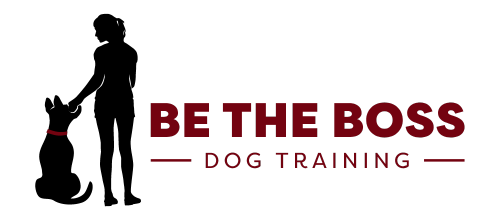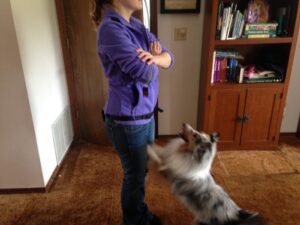Yup, we’ve all heard it.
“Just ignore your dog’s barking/jumping/biting and they will stop.” As Dr. Phil so elegantly puts it: How’s that working for you? Well, I don’t know about you, but it never came close to working for me.
Ignoring bad behavior is not just bad advice, it’s dangerous advice. I would never tell my 5-year-old nephew (or 90-year-old grandma) to ignore a jumping dog. I want the people in my home to be safe and secure, and a jumping dog could create injuries.
Stopping a bad behavior requires one simple step. You need to correct your dog.
What does that mean? I will explain.
Correcting a dog means that whatever behavior you want to stop needs to be uncomfortable for the dog.
I don’t care what you tool you use (or don’t use) to stop this behavior. You can pop the leash, use a remote collar, shake a can of pennies, or use a squirt gun…as long as the behavior stops.
If you squirt your dog with water and they continue jumping/barking…that method obviously doesn’t work. Try something else. One method of correction might work for jumping, but you might need another for barking or nipping.
Please do not just ignore bad behavior. Not saying no is always saying yes.
More Tips
Check out our other posts
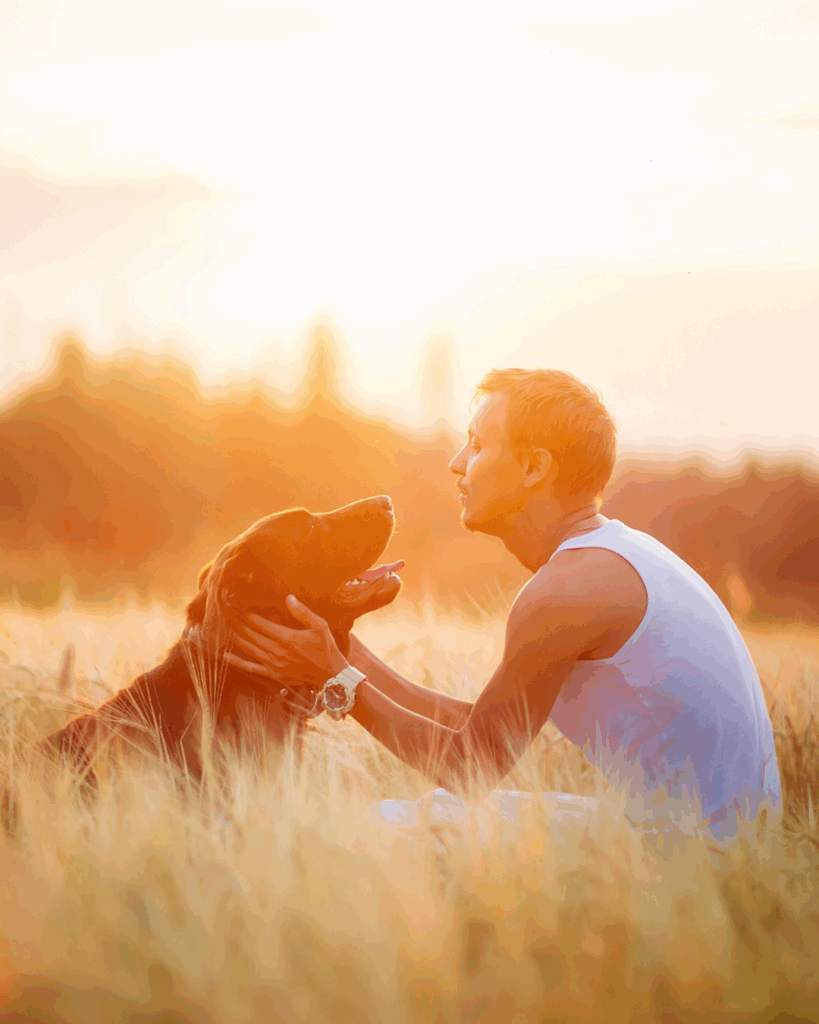
How Long Does It Take to See Progress in Dog Training?
Wondering why your dog’s training feels stuck—or when you’ll finally see real progress?
This blog breaks down the truth behind training timelines and what actually influences how fast your dog learns. From busting the myth of “easy breeds” to showing you what progress really looks like (even if it’s not perfect yet), you’ll get clear, practical insights designed to help you move forward with confidence.
Discover the fastest fixes for frustrating behaviors, why skipping structure always backfires, and how to spot the early signs that your dog is getting it—even if it doesn’t look like obedience just yet.
👉 Tired of guessing how long it’ll take? Click here to read the full blog!
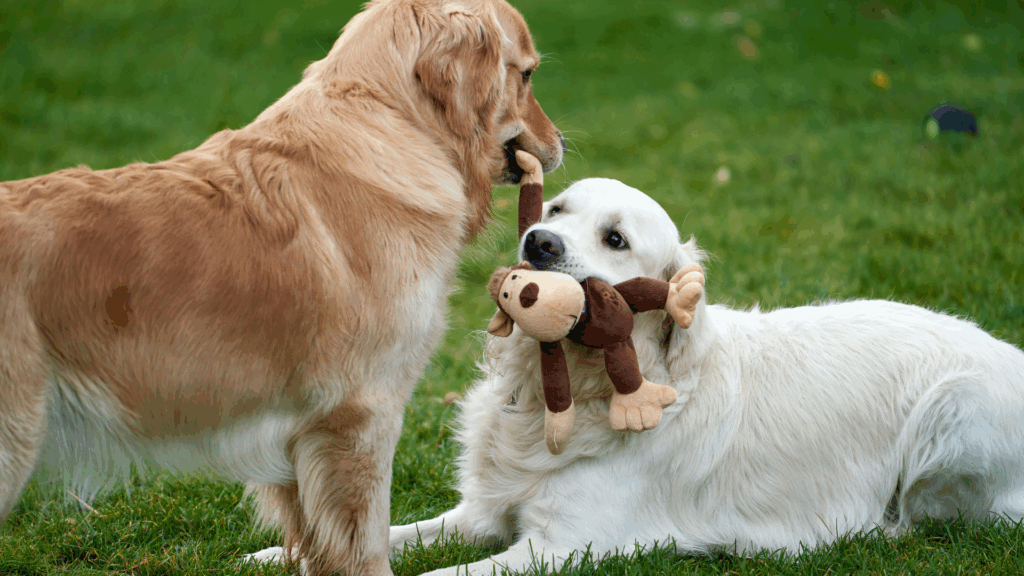
Why Do My Dogs Fight at Home but Get Along Outside?
Tired of peace at the dog park and chaos at home? You’re not crazy—just caught in the middle of some serious pack politics. This blog breaks down why your dogs fight indoors but play nice outside, and what you can do to restore the calm (without giving up your couch). From jealousy to turf wars, you’ll get the clarity and quick wins you’ve been missing.
Are your dogs total angels outside but drama queens at home?
👉 Click here to read the full blog!
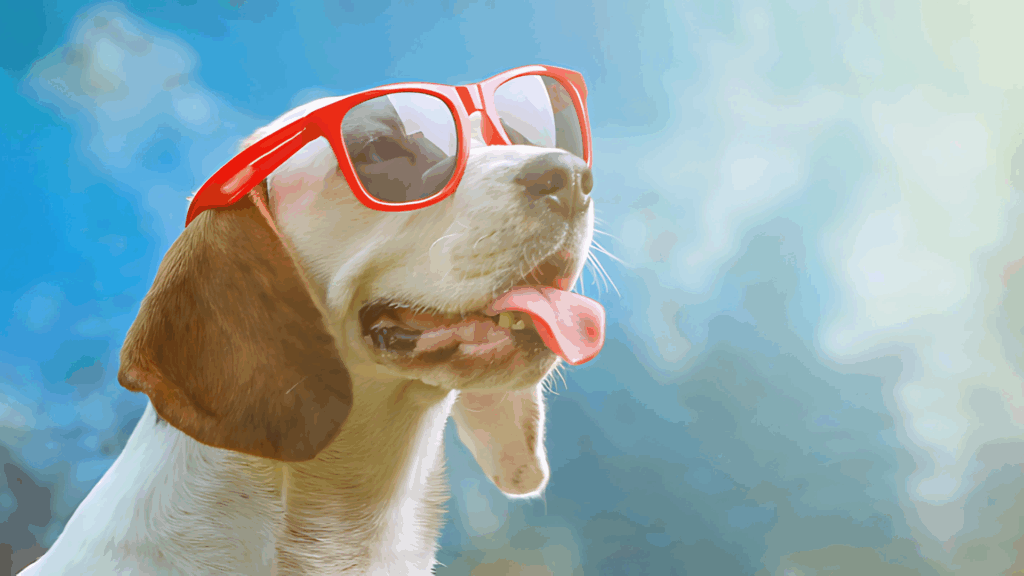
Beat the Heat: How to Keep Your Dog Cool, Calm & Well-Behaved All Summer
Too hot to handle? Don’t sweat it—literally. This summer survival guide shows you how to keep your dog cool, calm, and well-behaved without melting in the heat. From mental games to water play, you’ll get easy, low-effort ways to avoid the “bored and naughty” summer dog syndrome.
Is your dog acting out more now that it’s too hot for regular walks?
👉 Click here to read the full blog!

4 Secrets to Helping Your Reactive Dog Stay Calm Around Triggers
Reactivity isn’t always loud and dramatic—sometimes the biggest breakthroughs happen when nothing happens at all. Calm glances, quiet moments, and subtle check-ins are what retrain your dog’s brain. You don’t need perfection, just consistency and timing. Want to know the 4 secrets that make reactivity training actually work?
👉 Click here to read the full blog!
